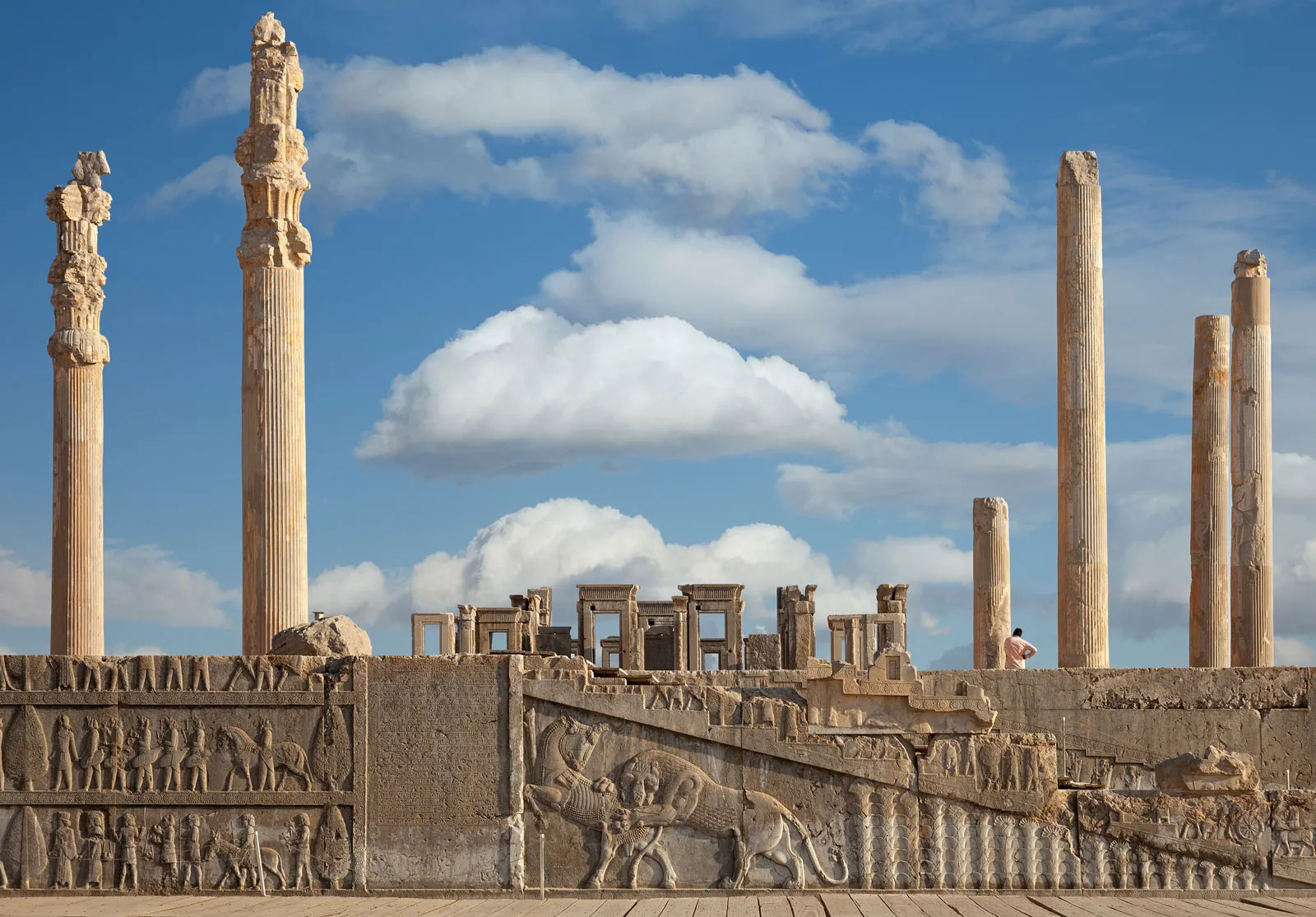In Hungary, an ancient Roman doctor was discovered buried with his medical supplies, which made archaeologists wonder what emergency would have prompted him to travel to the remote area.
The skeletal remains of an ancient Roman doctor and his medical equipment were recently discovered in Hungary, officials said. Photo from Eötvös Loránd University
According to a news statement from Eötvös Loránd University dated April 25 2023, the tomb, which had been abandoned for almost 2,000 years, was found close to Jászberény, around 50 miles from Budapest.
According to researchers, the doctor's skeletal remains, which include an intact cranium and limb bones, were discovered next to wooden trunks that contained a full set of medical supplies.
The physician’s skeletal remains on display Photo from Eötvös Loránd University
According to researchers, the tools were of the highest quality and included pliers, needles, and scalpels with replacement blades.
Additionally, a grinding stone that might have been used to combine medications was found.
Physician’s skull on display Photo from Eötvös Loránd University
According to scholars, the discovery is exceptionally uncommon because there has only ever been one other complete collection of comparable ancient Roman medical instruments discovered (at Pompeii).
It is unknown exactly what drove the well-equipped physician to Hungary, which at the time of his travels had been absorbed into the Roman Empire.
Medical tools recovered from the tomb Photo from Eötvös Loránd University
The prevailing theory holds that he most likely acquired his training at an imperial institution and traveled to Hungary to treat a patient.
According to academics, whatever drew him to the area must have been a remarkable occurrence.
Four of the tools discovered inside the Hungarian tomb Photo from Eötvös Loránd University
According to a study printed in the Dutch magazine Dan Medicinhist Arbog, doctors in ancient Rome organized themselves into guilds made up of both slaves and freedmen. Individual doctors' educational backgrounds varied greatly, and Romans were generally leery of them.
Close-up of one of the tools Photo from Eötvös Loránd University












